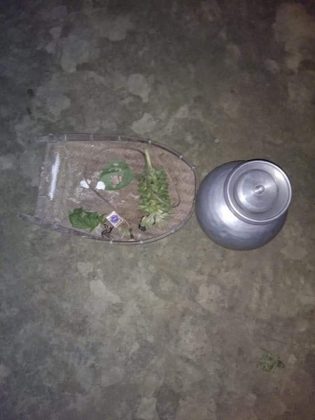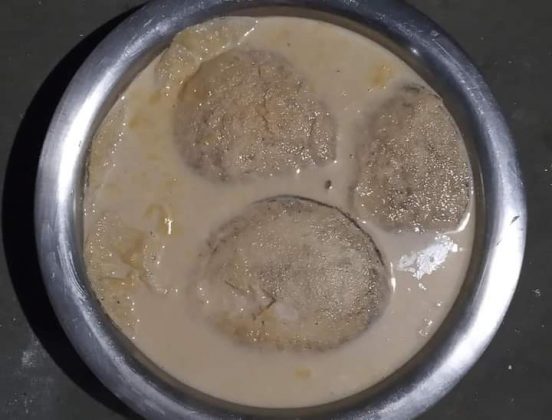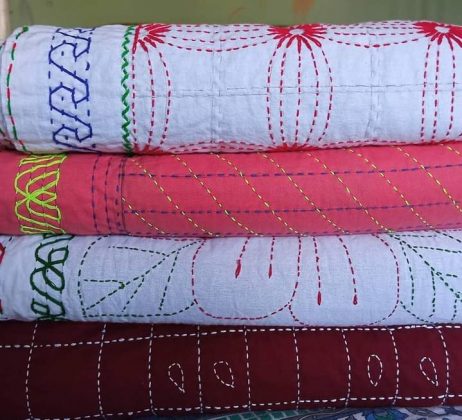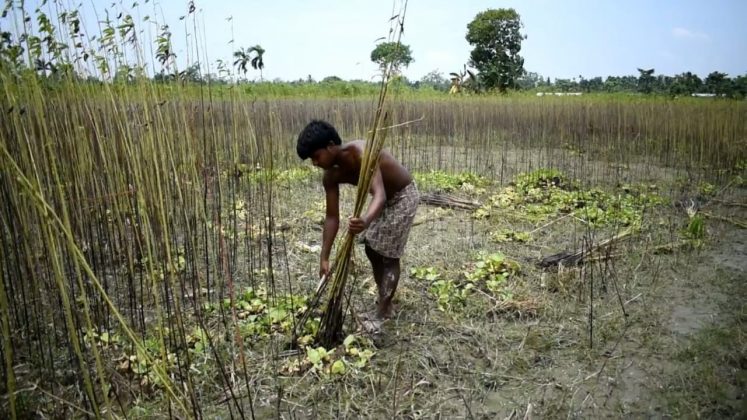
- Home
- News
- Analysis
- States
- Perspective
- Videos
- Education
- Entertainment
- Elections
- World Cup 2023
- Features
- Health
- Budget 2024-25
- Business
- Series
- NEET TANGLE
- Economy Series
- Earth Day
- Kashmir’s Frozen Turbulence
- India@75
- The legend of Ramjanmabhoomi
- Liberalisation@30
- How to tame a dragon
- Celebrating biodiversity
- Farm Matters
- 50 days of solitude
- Bringing Migrants Home
- Budget 2020
- Jharkhand Votes
- The Federal Investigates
- The Federal Impact
- Vanishing Sand
- Gandhi @ 150
- Andhra Today
- Field report
- Operation Gulmarg
- Pandemic @1 Mn in India
- The Federal Year-End
- The Zero Year
- Premium
- Science
- Brand studio
- Home
- NewsNews
- Analysis
- StatesStates
- PerspectivePerspective
- VideosVideos
- Entertainment
- ElectionsElections
- Sports
- Loading...
Sports - Features
- Budget 2024-25
- BusinessBusiness
- Premium
- Loading...
Premium
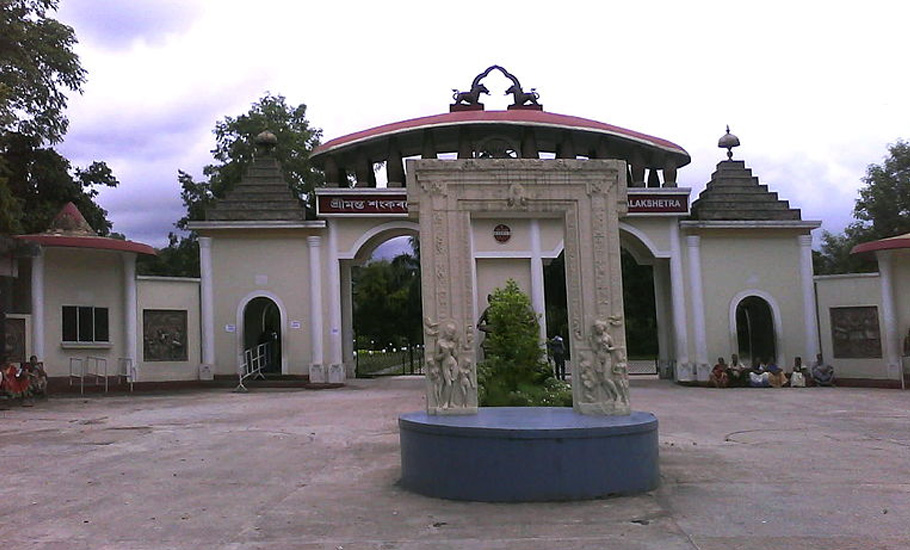
Why BJP’s uproar over ‘Miya museum’ goes against Assam’s pluralism
A museum showing the unique culture and heritage of the Miyas, people living in the char-chaporis, would only bolster Assam’s rich history of syncretism.

Brahmaputra is generally not as calm as it is now this time of the year. Only a few months ago, the river was in full fury, wreaking havoc on the lives of those living along its banks. For the inhabitants of the sandbars or riverine islands, the mystical river—named after the son of the creator of the universe, Brahma, according to Hindu mythology, and Amogha, wife of sage Shantanu—is...
Brahmaputra is generally not as calm as it is now this time of the year. Only a few months ago, the river was in full fury, wreaking havoc on the lives of those living along its banks.
For the inhabitants of the sandbars or riverine islands, the mystical river—named after the son of the creator of the universe, Brahma, according to Hindu mythology, and Amogha, wife of sage Shantanu—is both the destroyer and provider.
These restless, ever-shifting landmasses, locally called char-chaporis (chars are the islands and chaporis are the villages along the riverbanks), dot the 891-km long course of the river from Sadiya to Dhubri in Assam.
The floodwaters have long receded, dumping enormous volumes of alluvium deposits on the sandbars, ensuring bountiful harvests for farmers, sedimenting all their sorrows, albeit temporarily.
The calm river is also great for fishing, another prime occupation of the people residing on the chars which are also the most underdeveloped areas of the state.
While other communities such as Misings and Nepalis too inhabit the area, Bengali-origin Muslims form a predominant population in these islands, having occupied them for about two centuries now.
The annual cycle of despair and joy dictated by the river has sprouted among the Bengali-origin char dwellers a distinct culture—a blend of their ancestral past and over a hundred years of assimilation with the Assamese society.
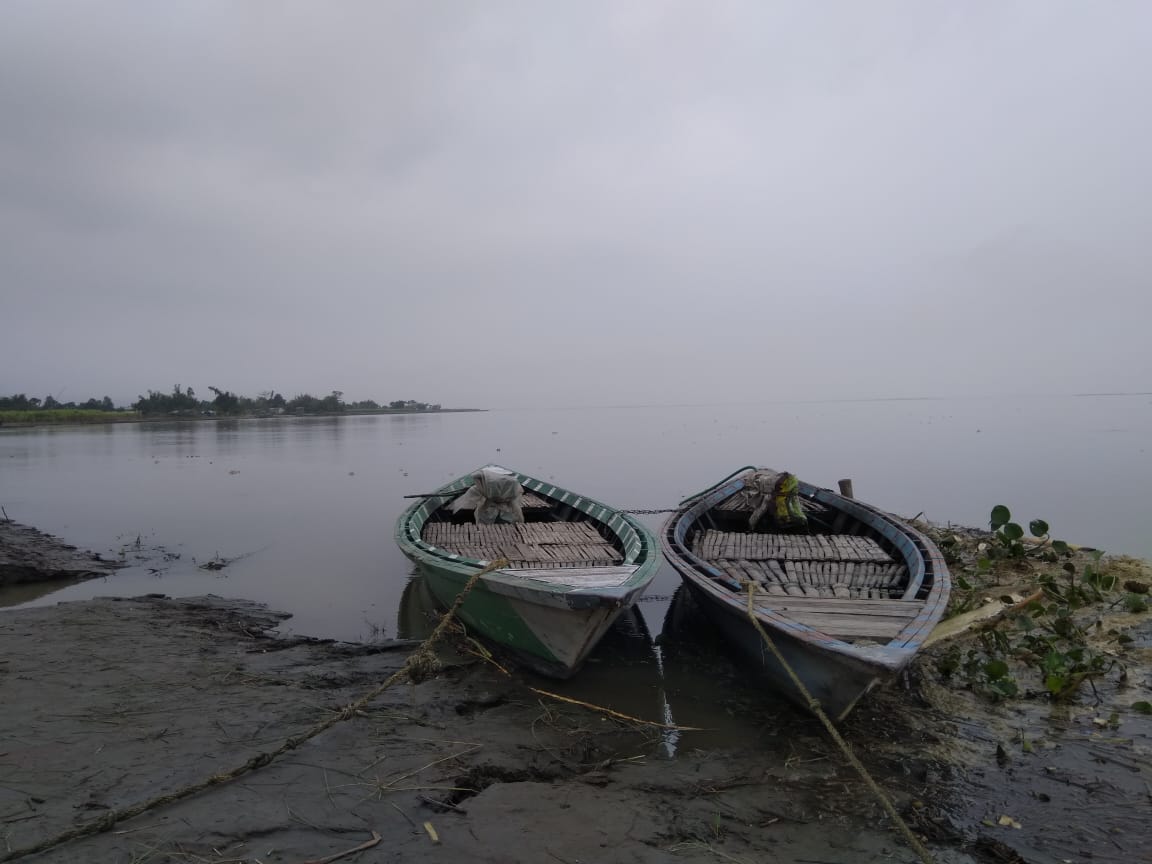
This cultural assimilation reflects the syncretic tradition of Assam promoted by two social reformers and saints—Srimanta Sankardev and Azaan Fakir. Sankardev’s Bhakti movement and Azaan Fakir’s preaching of Sufi Islam tied the socio-cultural milieus of Assam with a common thread of love—the intrinsic essence of both Bhaktism and Sufism.
Politics and pandering
Unfortunately, in today’s Assam, instead of celebrating this glorious tradition that makes the state a rich melting pot of varied culture, heritage and beliefs, attempts are being made to deny the successes of assimilative capacity of the Assamese society.
The latest instance of this deviation is the recent flashpoint over a proposal to set up a museum at the Srimanta Sankaradeva Kalakshetra, reflecting the culture and heritage of the people living in the char-chaporis.
Congress MLA Sherman Ali Ahmed, who represents the Baghbar Assembly constituency—one of the biggest char areas of the state—last month wrote to the state’s director of museums seeking to establish a museum at the Kalakshetra, a cultural centre in Guwahati that showcases the state’s rich culture and heritage.
The Congress MLA placed the demand referring to a recommendation made in favour of the museum in March this year by an Assembly standing committee whose majority members are from the BJP-led ruling coalition.
The state BJP-government, which had maintained silence on the initial recommendation, was quick to trash Sherman Ali’s demand, allegedly to derive political mileage ahead of the Assembly elections due in April-May next year.
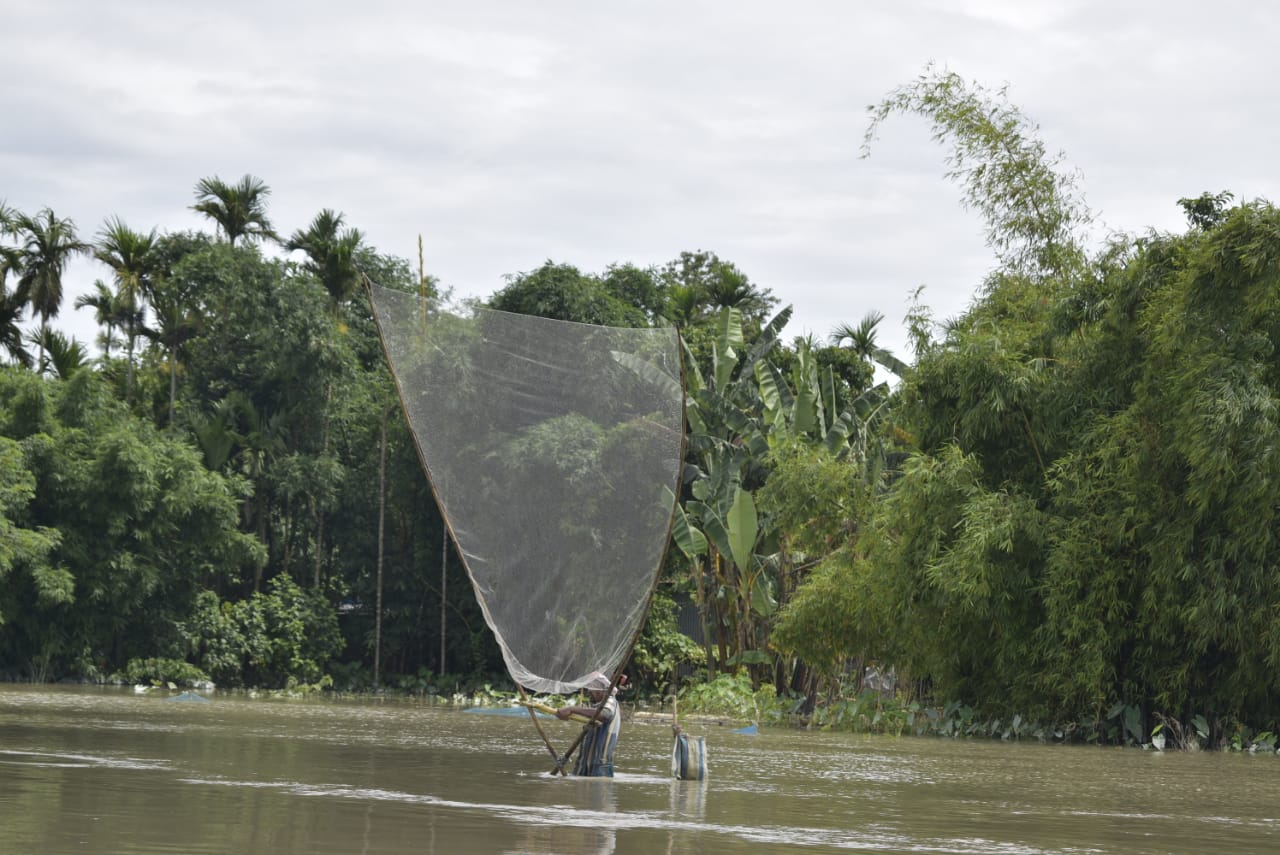
“After passing a recommendation in the Assembly committee, the BJP is politicising the whole issue to garner political mileage,” alleged independent Rajya Sabha member from the state Ajit Kumar Bhuyan.
“Will the members of the committee disclose on what basis was the museum on char-chapori proposed on Kalakshetra premises? Will the MLAs from the ruling coalition answer why they supported the recommendation in the first place?” he asked while talking to local journalists in Assam.
Making the MLA’s letter public, Assam health and finance minister Himanta Biswa Sarma, in a tweet, wrote: “In my understanding, there is no separate identity and culture in Char Anchal of Assam as most of the people had migrated from Bangladesh. Obviously, in Srimanta Sankardeva Kalakshetra, which is the epitome of Assamese culture, we will not allow any distortion. Sorry MLA sahib.”
However, Sarma’s claim of no “separate identity and culture in Char Anchal of Assam” is far from reality, points out Hafiz Ahmed, president of the Char Chapori Sahitya Parishad.
“Is it possible that a community of over 70 lakh people does not have a separate culture?”
Unique culture
A visit to the char-chaporis only buttresses Ahmed’s claim.
The calmness of the river calls for celebration. In Dighirpam, a village in Baghbar char, some 90 kilometres west of Guwahati, the celebratory mood was evident when this author visited the chapori a few years ago.

(Video credit: Mirza Lutfar Rahman)
Men, women and children gathered around an open area encircled by ramshackle shanties that stand like cacti on sandbanks. In the middle, a group of dusky youths with bells tied on their ankles were wielding lathis (bamboo sticks) to the rhythm of drums and maracas. The leader of the group, called sardar, was singing songs throughout the performance to lift the spirits of his team members.
This unique martial dance form is called ‘lathibari’. Interestingly, the performers were clad in white dhoti even though lungi is the general attire of the inhabitants of the area. Assamese gamocha (scarf) was tied around their head, giving them the look of a member of a Bihu dance troupe.
“Lathibari performers wear dhoti because the ancestors of most of the performers were stick-wielding guards of Hindu zamindars in undivided Bengal from where they migrated. The dress-code in the zamindar’s houses was dhoti and not lungi,” Ahmed explains.
Mixing with the local tradition, some performers even tie around their head the Assamese gamocha, imitating Bihu dancers.
Another interesting aspect of this dance is that before the commencement of the performance, performers seek the blessings of the elders by touching their feet, something that is not common among Muslims.
“Lathibari has become an integral part of any celebration in our village, be it marriage, child birth or even good harvest,” says Abdul Hamid, a resident of Dighirpam. But he rues that very few people outside the char-chaporis know about this rich-cultural heritage.
This ignorance gets reflected in the statement of some BJP leaders that there is nothing worth showcasing as a distinct culture of the community.
“Kantha (traditional embroidery craft) that the local women stitch if promoted can not only create awareness about this lesser-known heritage of Assam, but will also boost the local economy,” says Hasina Ahmed, a student leader of the community.
She says the cultural heritage of the char-chaporis depict assimilation of rural tradition of erstwhile East Bengal and present day Assam. For instance, the bhatiyali geets of the char dwellers are an ode to the mighty Brahmaputra—dubbed as pagla (mad) river in many of these folk songs—unlike in the erstwhile East Bengal where the references were to Meghna, Padma and other rivers of Bengal.
Lathibari is not the only example of the confluence of Assamese and Islamic traditions along the banks of Brahmaputra. Assamese-Hindu influence is reflected in many rituals and festivals of the people of char-chaporis.
The dwellers of char-chaporis celebrate Pushura, a harvest festival, coinciding with Magh Bihu. During the Pushura, the youth go house to house singing ‘magan’ songs (a kind of carol) just as the Assamese youth go around villages singing ‘hussori’ during Bihu.
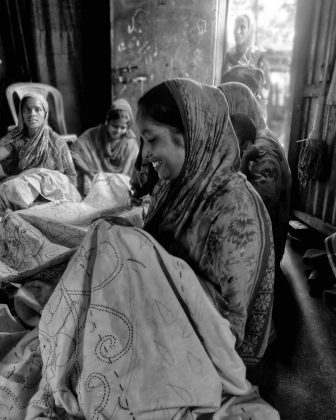
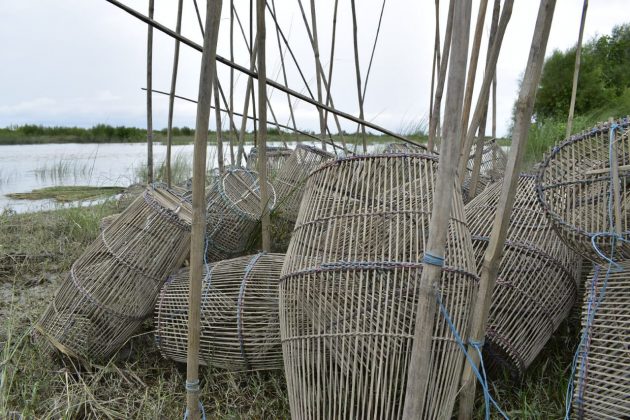
The char-chapori dwellers also have their own variant of Kati Bihu festival celebrated in October-November called ‘Gasshi Jaga’.
On the day of the festival, Ahmed says, the courtyard is cleaned to make an auspicious area where betel leaves, wire grass (dubori), sheaves of grain, bamboo shoots, turmeric, banana stem, jute seeds, coconuts, vegetables and a pot of water are kept overnight as offerings.
The offerings are consumed in the morning before dawn and the pot of water is used for bathing. The Hindu-Assamese influence in the festival is unmistakable.
Another interesting aspect of the Gasshi Jaga festival is the “worshiping of barren trees” by young boys. They light lamps in front of the non-fruit bearing trees and kneel before them to pray that they provide fruit soon.
Notwithstanding such assimilation, in contemporary popular narrative of Assam, the nationality of this community referred to as ‘Miyas’, often pejoratively, has been always under question.
They are perceived as illegal immigrants from Bangladesh trying to make a demographic invasion, making the entire Bengali-origin Muslim population the favourite punching bag of Assam’s identity politics.
The community’s recent assertion of their distinct culture is viewed as an expansionist ploy—the continuation of the alleged demographic invasion.
“For argument’s sake, even if we concede that there are a few illegal immigrants among the char dwellers, that surely does not make all the Muslims of the area a suspect,” says Sahajan Talukdar, general secretary of the Brahmaputra Valley Civil Society.
And a museum showing the unique culture and heritage of the people living in the char-chaporis, he feels, would only bolster Assam’s rich history of syncretism.

